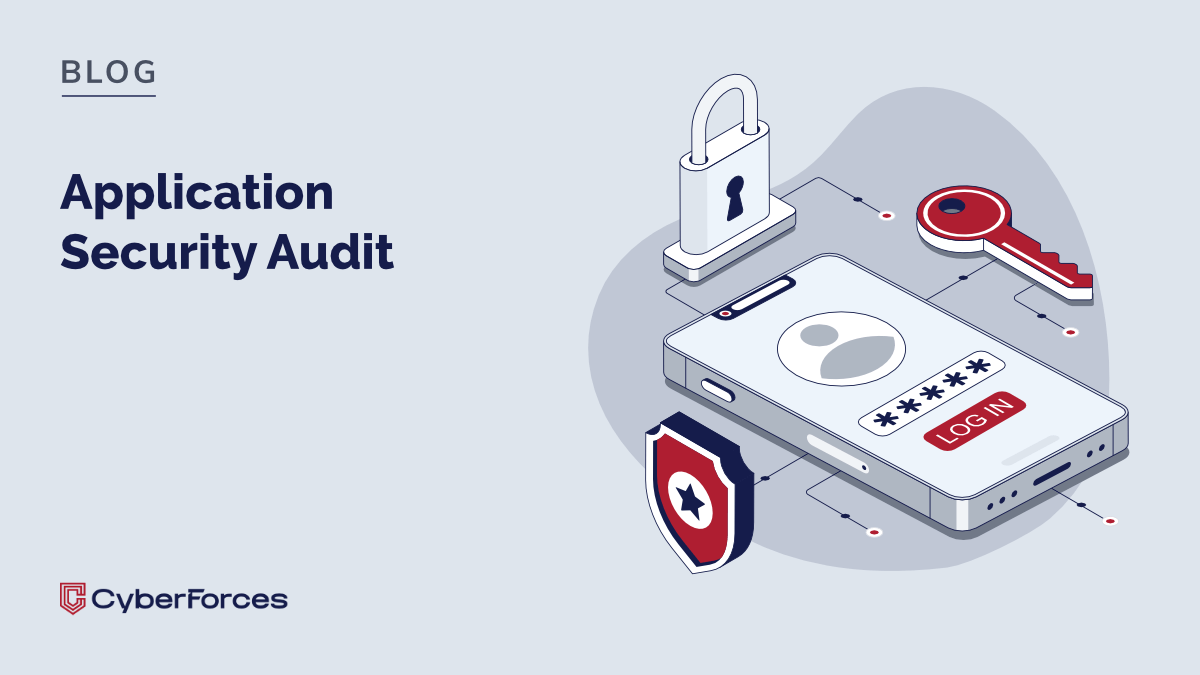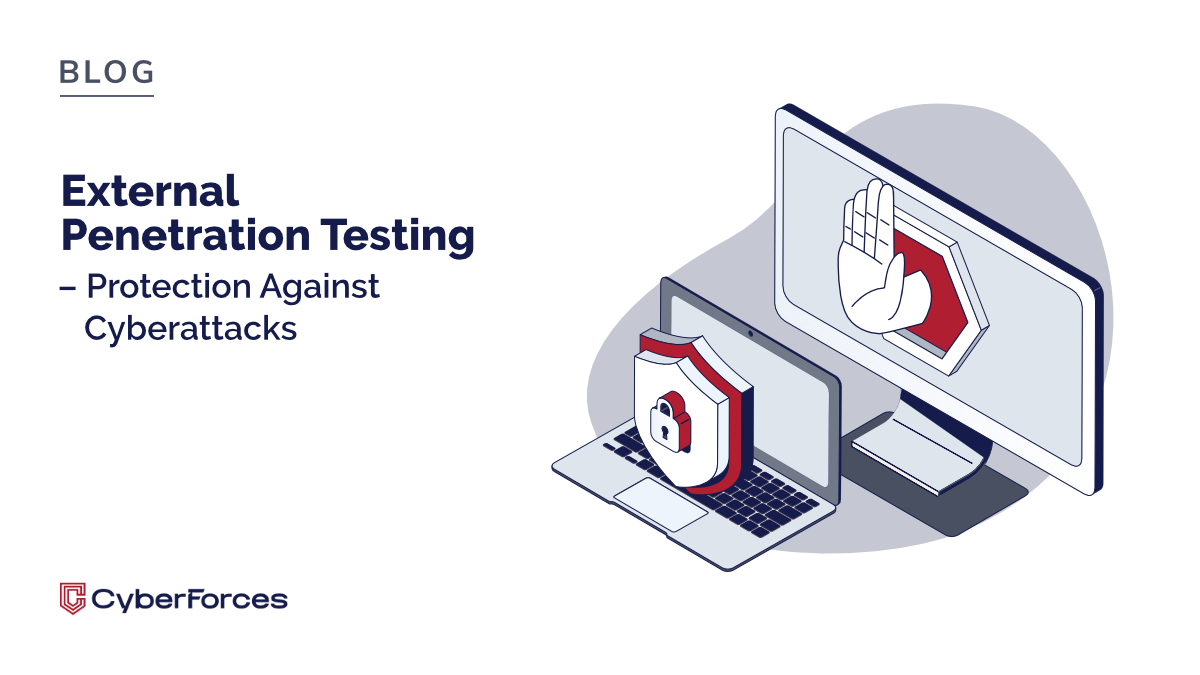Table of Contents
- What is OSINT (Open Source Intelligence)?
- Why is OSINT used?
- Who regularly uses OSINT data?
- Applications of OSINT in cybersecurity
- OSINT Tools
- Technologies Supporting OSINT Data Collection
- Key Benefits of Using OSINT in Cybersecurity
What is OSINT (Open Source Intelligence)?
OSINT (Open Source Intelligence), also known as White Intelligence, is a fully legal and transparent method of obtaining information from publicly available sources. These sources include search engines, social media, business registries, and public databases. OSINT has broad applications in cybersecurity, helping organizations identify threats and protect against cyberattacks.
Why is OSINT used?
Modern businesses, national defense, and public institutions increasingly use OSINT as an effective tool for gathering reliable information. In the digital age, traditional data collection methods are becoming insufficient, and OSINT fills these gaps by providing up-to-date insights on competitors, potential threats, and market trends.
Who regularly uses OSINT data?
OSINT is used by both private and public organizations. In business, it serves to analyze competition, assess partnership risks, and verify the credibility of contractors. In the financial sector, banks use OSINT for credit assessments, while insurance companies use it to minimize risk. Media, intelligence agencies, and non-governmental organizations also rely on open-source data for research and reporting.
Applications of OSINT in cybersecurity
In cybersecurity, OSINT is a key tool for identifying threats and responding to incidents. Monitoring hacker activities, analyzing data leaks, and researching activity on the dark web are just a few applications of OSINT in protecting organizations from cyberattacks. Regular analysis of security breach reports and malware behaviors allows businesses to adjust their defense systems in real time.
OSINT Tools
The internet is the most valuable source of OSINT data. Some of the most commonly used OSINT tools include:
- Shodan – A search engine for internet-connected devices, helping identify vulnerable systems.
- Google Dorking – A technique that uses advanced Google search operators to locate specific information.
- Maltego – An analysis tool that connects various data points and provides visualization capabilities.
- Public business registries – Databases containing information about companies, debts, and business connections.
- Social media platforms – LinkedIn, Twitter, Reddit, and YouTube are valuable sources of information on companies and individuals.
Technologies Supporting OSINT Data Collection
Collecting data from open sources requires advanced technologies. Cybersecurity professionals utilize:
- Automated data collection – Web scraping tools scan the internet for specific keywords and topics.
- Big Data analysis – AI-powered algorithms help process and interpret large datasets.
- Artificial intelligence (AI) and machine learning – These technologies predict trends and detect potential threats.
Key Benefits of Using OSINT in Cybersecurity
The growing popularity of OSINT is driven by several key factors:
- Access to vast information resources – The internet provides endless data that can be analyzed from multiple perspectives.
- Low cost – Compared to traditional intelligence methods, OSINT is a cost-effective solution.
- Versatility – OSINT data is used in business, government, media, and cybersecurity.
- Rapid threat response – Monitoring cybercriminal activities enables organizations to take immediate action.
OSINT as a Foundation of Cybersecurity
OSINT has become an indispensable tool for cybersecurity management. It allows organizations to quickly identify threats, assess risks, and make informed decisions based on data. As the volume of online information continues to grow, OSINT will play an even greater role in strengthening security strategies for businesses and institutions.






